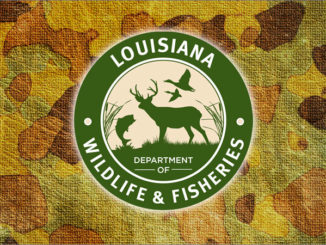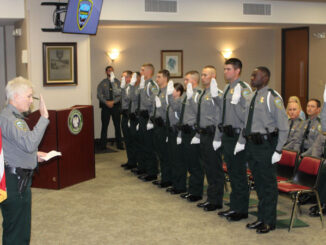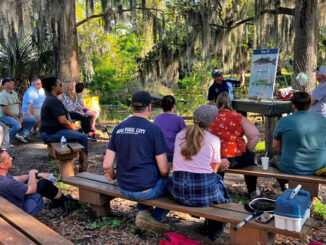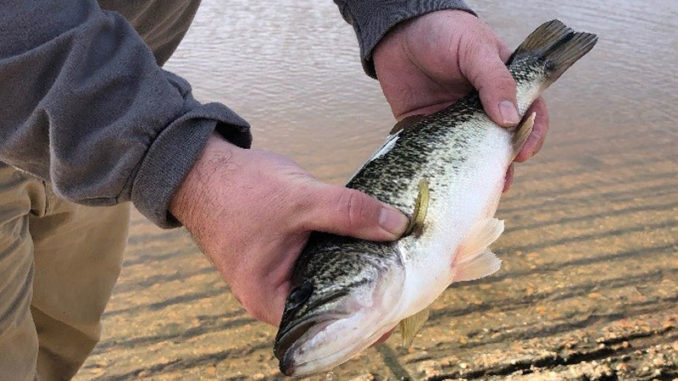
The Louisiana Department of Wildlife and Fisheries (LDWF) recently stocked Bundick Lake with more than 40,000 fish. This effort is part of the department’s plan to rejuvenate the fishery following fish kills caused by Hurricanes Laura and Delta in 2020.
Bundick Lake, located in the southwest region of the state, is known for an abundance of sport fish. The lake took a direct hit from Hurricane Laura, causing a high volume of organic debris to be blown into the lake. The decomposing debris lowered dissolved oxygen levels in the water, causing the fish kills.
Since the fall of 2020, LDWF has stocked approximately 1,200 pure-strain Florida largemouth bass, 22,000 bluegill, 8,000 redear sunfish, 10,500 white crappie, and 50 pounds of threadfin shad into Bundick Lake. The fish were produced by the LDWF’s freshwater fish hatcheries.
“As luck would have it, Inland Hatchery biologists had several ponds remaining to harvest from the 2020 crop, and we had some surplus fish,” said Hatchery Biologist Manager Kristi Butler.
“Now is a great time for us to get these quality fish into the lake because some of them will begin spawning soon, and many of the fish we are getting from the hatcheries are large enough to spawn this spring,” said District Biologist Manager Sean Kinney.
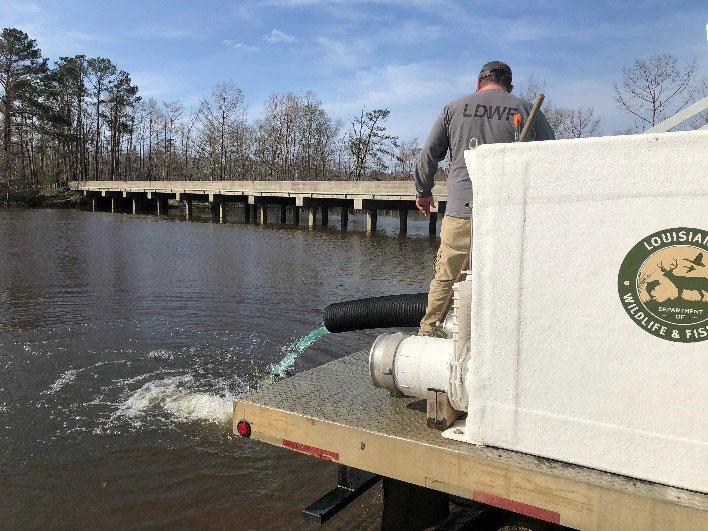
LDWF biologists are closely monitoring the success of the stockings in Bundick Lake, particularly because the success of Florida largemouth bass stockings are dependent upon two factors – predator density and competition for food.
“Based on preliminary sampling results, predator densities and competition for food are low in Bundick Lake,” Butler said. “I am hopeful that these factors, combined with the size, quality and genetics of the bass that we are stocking, will result in a very high success rate.”
LDWF is coordinating an effort to stock the lake with additional fish this year. Fisheries biologists will continue to monitor the fish population in the lake to assess the health of the fishery and to make future management recommendations.
